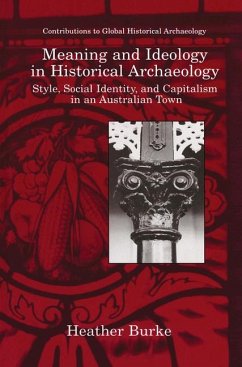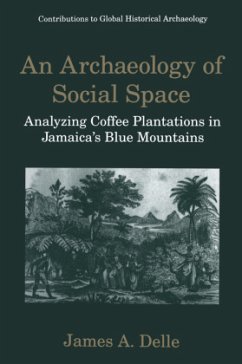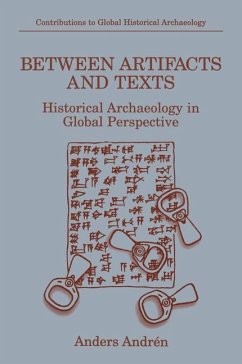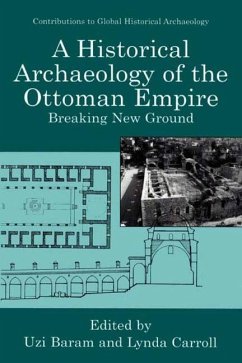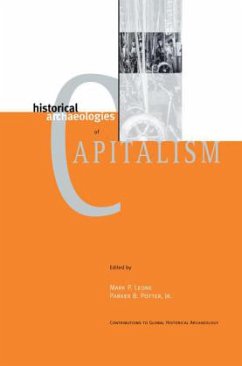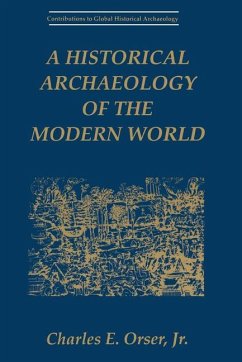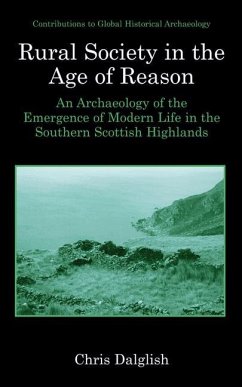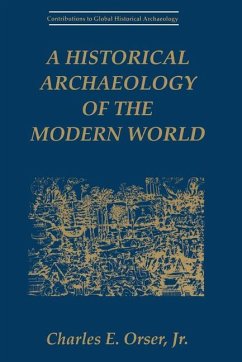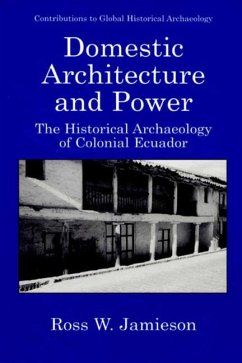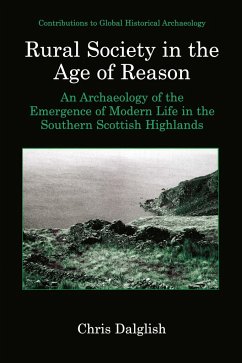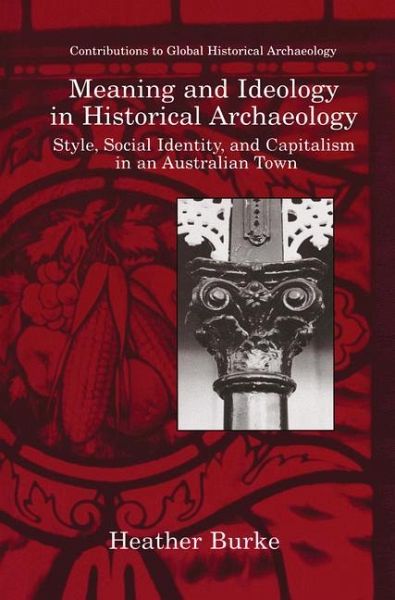
Meaning and Ideology in Historical Archaeology
Style, Social Identity, and Capitalism in an Australian Town
Versandkostenfrei!
Versandfertig in 1-2 Wochen
77,99 €
inkl. MwSt.
Weitere Ausgaben:

PAYBACK Punkte
39 °P sammeln!
Focusing on the city of Armidale during the period 1830 to 1930, this book investigates the relationship between the development of capitalism in a particular region (New England, Australia) and the expression of ideology within architectural style. The author analyzes how style encodes meaning and how it relates to the social contexts and relationships within capitalism, which in turn are related to the construction of ideology over time.





